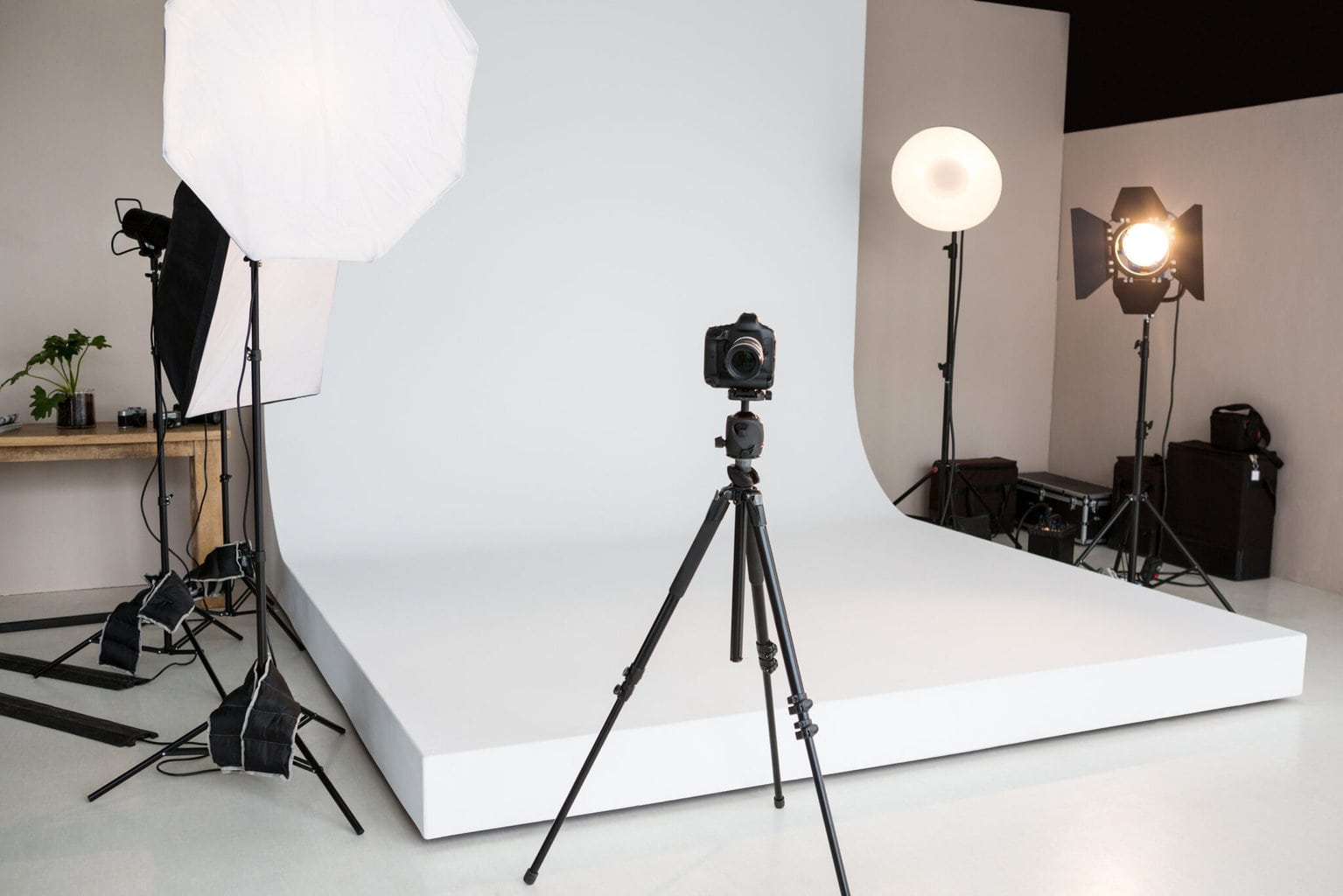Thinking of setting up a photo studio? Don't know where to start? In this article I am going to tell you what you need to create your study, what aspects you should take into account, what options you have and how to start.
INSIDE THIS ARTICLE... ? [ Hide ]
- 1 What is a photographic studio
- 2 When to set up a photography studio
- 2.1 Photo studio rental
- 2.2 How to make a photo studio at home
- 2.3 How to make a mini photo studio
- 3 How to set up a photo studio
- 3.1 Space
- 3.2 Light
- 3.3 Decoration
- 3.4 Accessories
- 4 What is needed to set up a photographic studio
- 4.1 Tripod
- 4.2 Lighting
- 4.3 Remote release
- 4.4 Photographic studio background
- 4.5 Forceps
- 4.6 Props
- 4.7 Accessories for newborn photography
- 4.8 Accessories for product photography
WHAT IS A PHOTO STUDIO
A photographic studio is a workspace where you can carry out the entire photographic process, from taking pictures to developing and/or printing.
This studio can be individual, shared, private, open to clients, larger, smaller, at street level, in a flat, in a warehouse... Any option is possible as long as it meets your needs.
WHEN TO SET UP A PHOTOGRAPHY STUDIO
The most common situations in which a person considers setting up their own photographic studio are:
- You lack space to unleash your creativity and photograph with all the concentration you need.
- You are thinking of turning your photographic hobby into a profession.
- You already dedicate yourself professionally but you go to clients' homes or do outdoor sessions and you think that it is time to take the step / you think that your clients are demanding it.
- You have just finished your photography studies and are looking to make the leap into the world of work.
- Orders come to you by word of mouth but you can't deal with them because you don't have the right site.
- You sell or manufacture a product and want to take your own photos.
Do you identify with any of them? Then keep reading because it interests you.
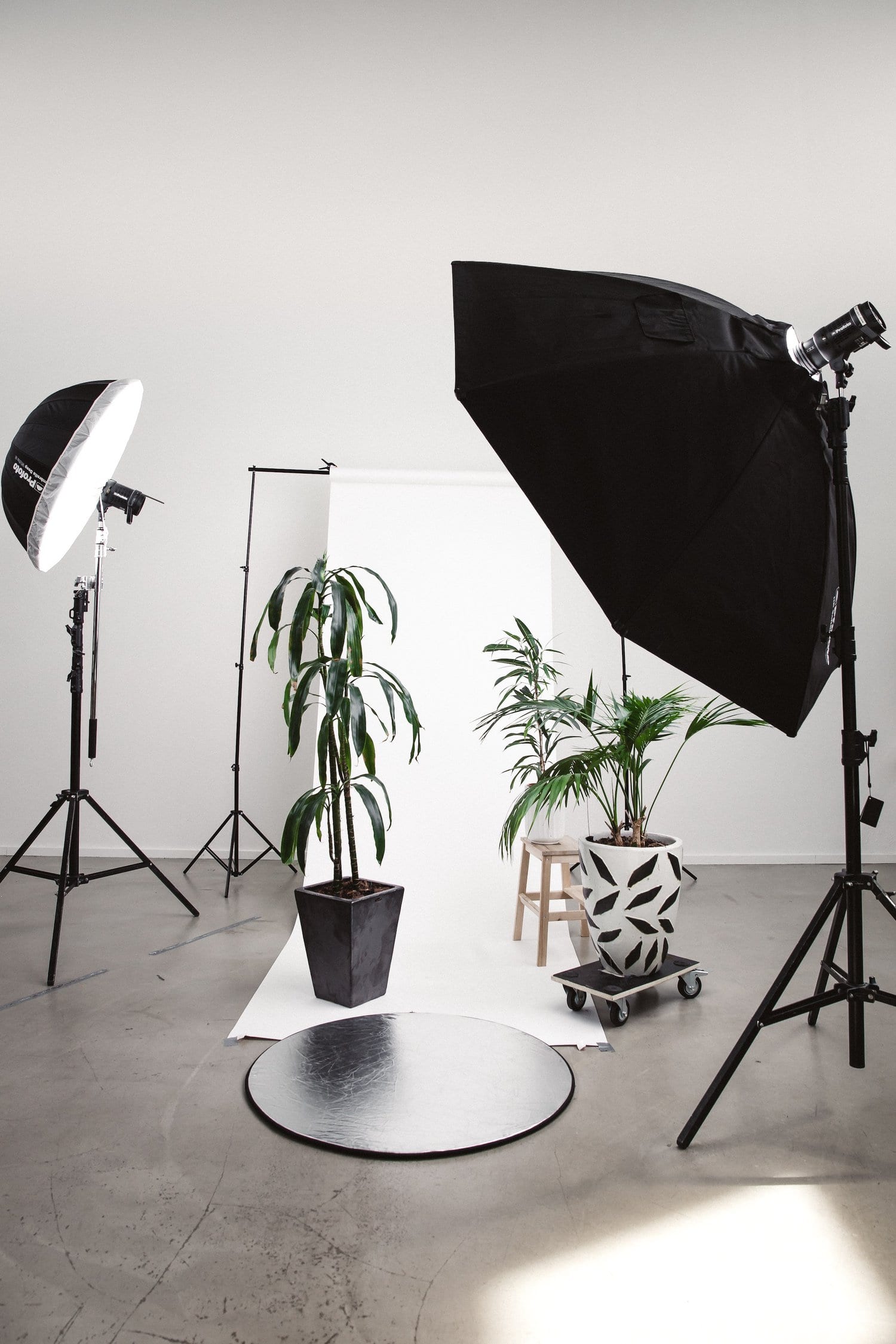
PHOTO STUDIO RENTAL
Sometimes it is not necessary to set up a photography studio, if it is for very specific moments you have the option of renting one. Do the math because if you are not going to amortize it, it will be more profitable to rent it than to invest in having your own.
All you have to do is type in Google “Rent a photo studio + your city ” and the different options will appear. Then there are pages, like Spathios, which function as search engines. This specifically is in Madrid, Barcelona, Valencia and London.
The good thing about this page is that you have not only studios, but incredible places for shooting. You may find something similar in your city or country.

Another option to amortize the investment, if you decide to set up your studio, is to rent it to other photographers who need a studio by the hour, although for that you have to contemplate it in your rental contract and take it into account as a tax activity when declare your income.
HOW TO MAKE A PHOTO STUDIO AT HOME
The other economical option is to set up your photography studio at home. If you have the space, the peace of mind to work without distractions and a place to store your equipment without it being in serious danger of falling into the (tiny) hands of the elves of the house, consider the option.
Let's see what are the advantages and disadvantages of setting up a photography studio at home:
| Advantages | Drawbacks |
|---|---|
| Cost savings | Space is usually smaller |
| You don't have to scroll | If you live with more people you may have distractions, space problems, etc. |
| You can seize more moments to photograph |
You have to open the doors to potential customers |
If you decide to set up your studio at home, I recommend that you find a fixed space, assembling and disassembling the entire shed every time you have to photograph is not the most comfortable or efficient way. Unless another option is impossible, the ideal is to have a room (painted white) in which you can fix the backgrounds, have the lighting and all the accessories you need.
If you have much better natural light, take this light source into account to arrange the rest of the elements (wardrobe, desk or work table, etc.).
Place a cupboard where you can store your equipment and assess whether it is convenient for you to have a table, both to edit your photos and to do product or macro photography, etc.
If your budget is very low and you only want to take photos for yourself for pleasure or work on your product photos, no external clients or similar, you can always use homemade accessories or those you already have at home . Here you can throw more improvisation and mount and dismount as you please.
HOW TO MAKE A MINI PHOTO STUDIO
For very small objects or products you hardly need space, it is worth it with:
- A table or stand
- a couple of lamps
- Continuous paper or cardboard
- Tweezers and/or tape
- Reflector (tetrabrick, white cardboard…)
- Some container or support to place/lift your objects
- A computer screen to vary the backgrounds (optional)
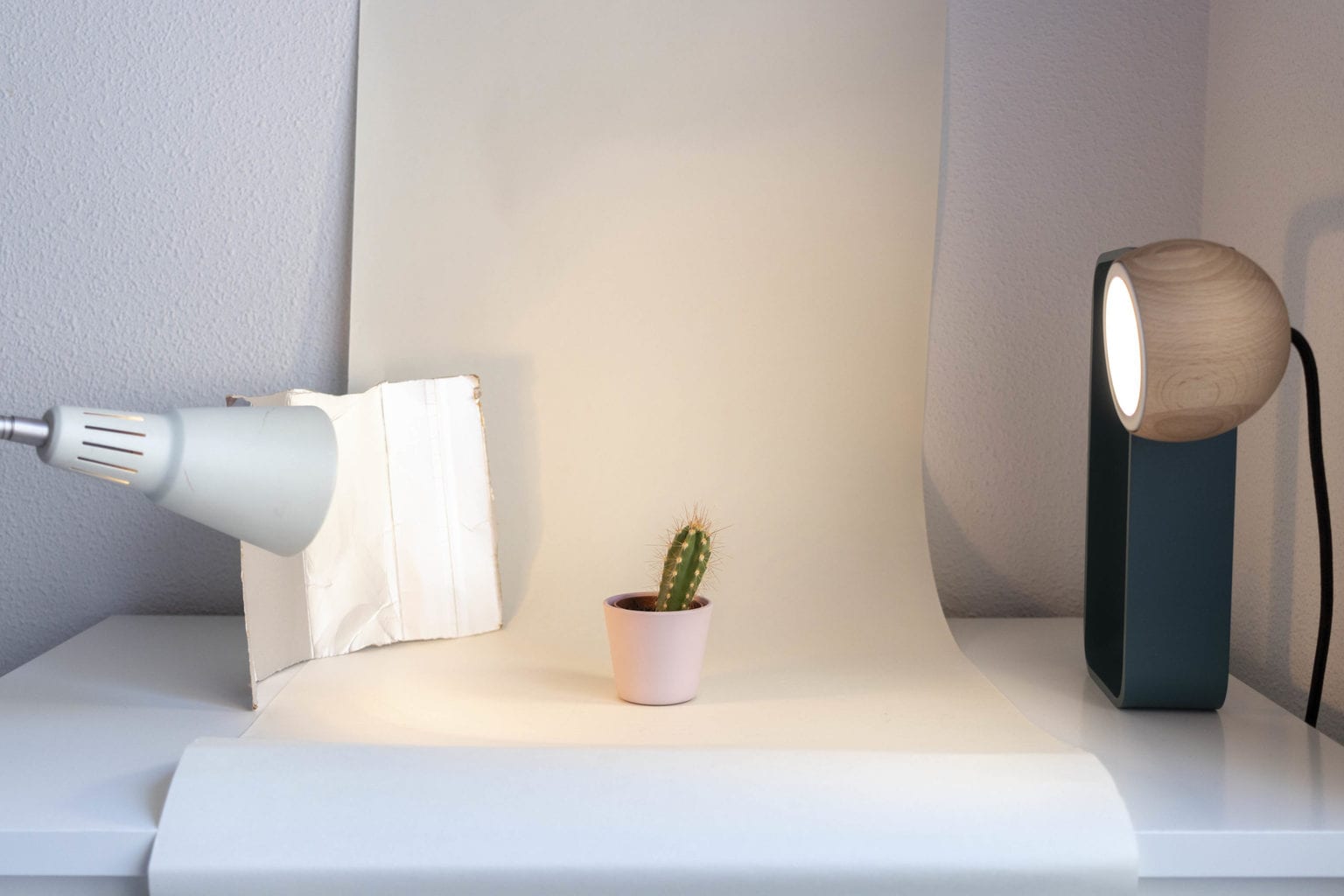
And then there is the super mini portable photo studio option. It is a light box . It is for small objects, easy to transport and has a background and lighting, an all in one.
I'll talk about light boxes again soon, but here's an exampleof a very portable.
HOW TO SET UP A PHOTO STUDIO
It is one thing to set up an improvised studio at home with what you have and quite another to set up a studio from scratch with the intention of dedicating yourself professionally to photography. Therefore, the most important thing to avoid failure is to plan.
Let's see what you should keep in mind when planning your study.
SPACE
It is important that you start from an idea that is as clear as possible. What kind of photographs are you going to take? Are you going to dedicate yourself to product photography, portraits, pets, etc.? The needs for space, access, light, services, etc., can vary greatly from one discipline to another.
If you are going to do product photography, you can do with a small space. Although there are products that require much larger studies, such as furniture, for example, but it is not necessary to start the house from the roof, right?
On the other hand, if you are going to take newborn photography, you need a space with a changing table, an armchair to feed him comfortably, etc.
Each discipline requires certain needs , so it is important to be as clear as possible what type of photographs you are going to take in it. These are some examples of what may be needed in a study, stay with what you think you may need yes or yes:
- sinks. Access to a bathroom is essential if you have clients.
- Makeup area. For fashion or portrait sessions, an area with good lighting and mirrors.
- Changing room / Changing room. Essential if you are going to work with models who have to change their clothes. It can be the bathroom as long as it is spacious, bright, clean and has hangers and a stool.
- Rest area / Waiting area. For companions who wait at the end of the session as well as for the clients themselves who have to wait their turn.
- Baby area. If you set up a photographic studio for babies, you need an area with a changing table and a comfortable chair to feed them.
- Desk area. An area in which to carry out your management, editing work, sit down with the clients to show the photos or negotiate the contract, etc.
- Developing area. If you plan to do analogue photography, keep in mind a small darkroom.
- Air conditioning. Especially if you work with children, you should keep in mind that the studio has to have an adequate temperature, both in winter and in summer.
If you are looking for a place specifically to set up your photography studio, another recommended aspect is that it has high ceilings and that it is painted white.
A plus would be that the union between wall and floor was curved to have an infinite background. I know, it's kind of hard to find unless it's already been a photo studio before ?.
LIGHT
Not all photographic studios have natural light but having it is a plus. Think about your needs and the type of photography you are going to do and find the right space.
If you find a place with natural light, analyze the orientation to see the hours of direct light you will have.
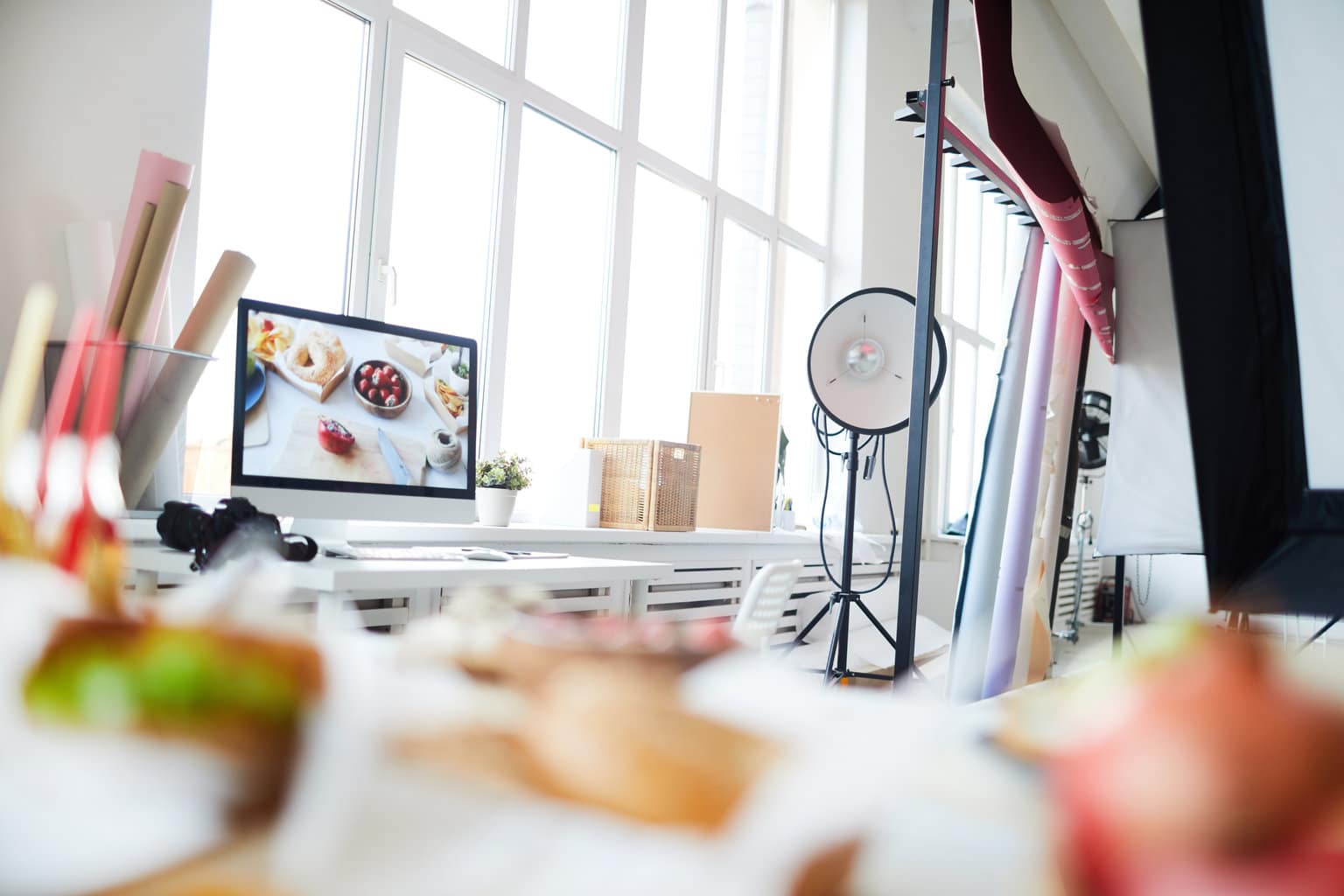
Also keep in mind, if there is natural light, that you can darken the space if you need it, blinds, curtains, etc. Sometimes you will need to control any external light input.
DECOR
It may seem superfluous, but if you are going to bring clients to your studio, it is important that the decoration is well cared for. Order, cleanliness and some details that make your clients feel comfortable and in a cozy place.
It's about wanting to come back. You don't need big things (less is more) but some coherence in the style of the furniture, some photographs of you or your favorite authors on the wall, some little plant...
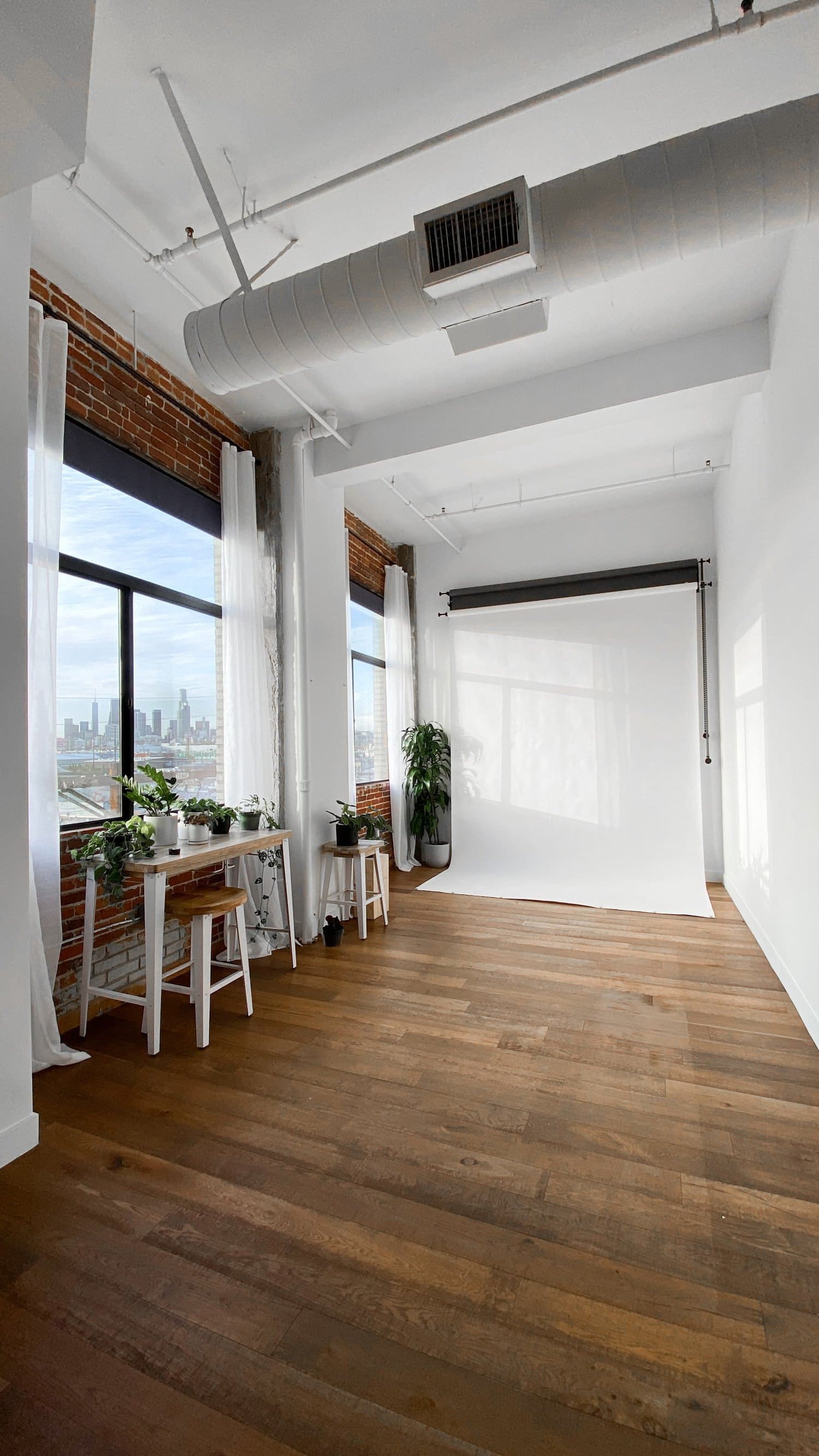
Obviously, if the studio is just for you, to work alone, all this is completely expendable. Here the important thing is that you are comfortable.
ACCESSORIES
With the accessories it is the same as with the spaces or the equipment. They will depend on the type of photographs you are going to take in your studio. The ideal is to invest little by little, depending on your needs and the money you earn from your work.
Now let's see in detail what are the accessories that a photographic studio may require, so you can decide which ones you should write down on your list.
WHAT IS NEEDED TO SET UP A PHOTO STUDIO
Before starting, I insist, you do not need to have all the materials at once. Make a list with the essentials for you and go little by little depending on your needs, budget and new income that you are generating.
TRIPOD
A tripod will serve you both to place the lights and for the camera when taking macro or product photography, photographing at slow speeds, when there is not enough light or when you do not have an assistant and/or model with whom to practice portraits, for give some examples.
There are many types of tripods and depending on your needs, there are cheap ones, for less than 100 euros, but if you really want a good tripod that will last you and to do professional work, take a look at this guide with tips for buying a tripod .
Herea tripod with good value for money to start with a tight budget.
LIGHTNING
Lighting is perhaps the most important part of a studio. Controlling the space is important but when setting up a studio, a powerful reason is to be able to control the lighting.
The accessories related to lighting are quite varied, we are going to see them.

EXTERNAL FLASH
The portable flash is lightweight and you can take it everywhere. Here you have the definitive guide to buy your next flash , where we explain everything you should take into account when buying yours.
However, here is a recommendation for Canonand Nikon.
On the other hand, you also have the studio flash, it is not as portable or cheap, but the quality and power is higher. Here 's a studio flash kitquite complete, as an example, although you can buy them individually.
LIGHT WINDOW
The light windows are a continuous light source that allows you to see live how the result can be, since it is not a flash that goes simultaneously with the shot like the external flash.
You can have different light windows or just one, depending on the type of photos you are going to take.
To get one you must take into account the size, shape and power. Also the price, because as with everything, there are very cheap ones.up to the pro level that rises a lot in price, going through the intermediate level.
Keep in mind that these light windows can also serve as diffusers for the external flash.
LED LIGHTS
Essential in video, they are also becoming a regular in photography for many reasons.
There are focus typethat you can use as direct or harder light, or with a light window to diffuse its light. Or also panel type.
Then you have other creative options to regulate not only the intensity or the color temperature but with different scene modes and adjustable colors, like this one.
Lastly, to mention the Lume Cube,a continuous lighting accessory that you can use both in the studio and outside, as it fits in your hand and in your pocket.
LIGHT BOX
The light box is like a portable photographic studio, yes, for small or medium-sized subjects.
For product photography, for example, it is ideal. Hereyou have a laptop, although you can also make your own light box ;).
REFLECTORS
An ally when it comes to controlling the light is, without a doubt, the reflector.
Any surface that reflects light will do, however if you are thinking of going professional you should consider something like the 5 in 1(there are different diameters) or umbrellas.
DIFFUSERS
There will be situations in which you look for hard light for your portraits, however, on many occasions you will seek to diffuse the hard light that enters through the window, or that of the flash or even the light window if it remains "small" in size with regarding the subject to be photographed.
Remember that the size of the font is directly related to the type of light.
As a diffuser you can use the one that comes in the 5-in-1 reflector, a white tissue paper attached to the window glass if it is natural light, a white curtain or a cloth similar to this.
There are also specific diffusers for external flash, like this oneor this other.
And if portraits are your thing, don't forget to consider the Beauty Dish.
LIGHT METER/PHOTOMETER
The photometer is another tool that can be very useful when it comes to controlling lighting, there are many types, thisit's just an example.
If you want to dig a little deeper, we have an article dedicated to the photometer .
FLASH REMOTE CORD
The external flash attached to the camera is much more useful than the one built into the camera, but if you want to get the most out of it you will have to be able to trigger it from a distance.
For this you will need a cable or a remote flash trigger. Hereyou have one for cameras with a universal shoe (except for Sony ones).
LIGHTING FOOT
To place your light accessories there are lighting feet, for the umbrella, external flash, light window, etc. In the absence of an assistant to hold your accessories, you may not have any other choice ?
COLORED GELS
To play, achieve different or fun effects, you are still interested in colored gels. Cellophane paper can also be used, but keep in mind that the result will not be the same and neither will the variety of colors available.
In addition to that you have to be very careful with the cellophane paper and the heat of the spotlights.
REMOTE SWITCH
Another accessory that is as practical as it is cheap is the remote release. You have them with or without a timer, cable or without it. According to your needs, you know...
PHOTO STUDIO BACKGROUND
The background also depends on the type of photographs you are going to take. The size of your models will determine the size of the background. If it is to photograph small objects, you can use anything from cardboard to a roll of continuous paper (wrapping paper).
But for large motifs, portraits, etc., you will need to have a wall that serves as a background, ideally it should be painted white, but another neutral color can also be used, or other accessories such as supports, photographic backgrounds, with decoration, etc.
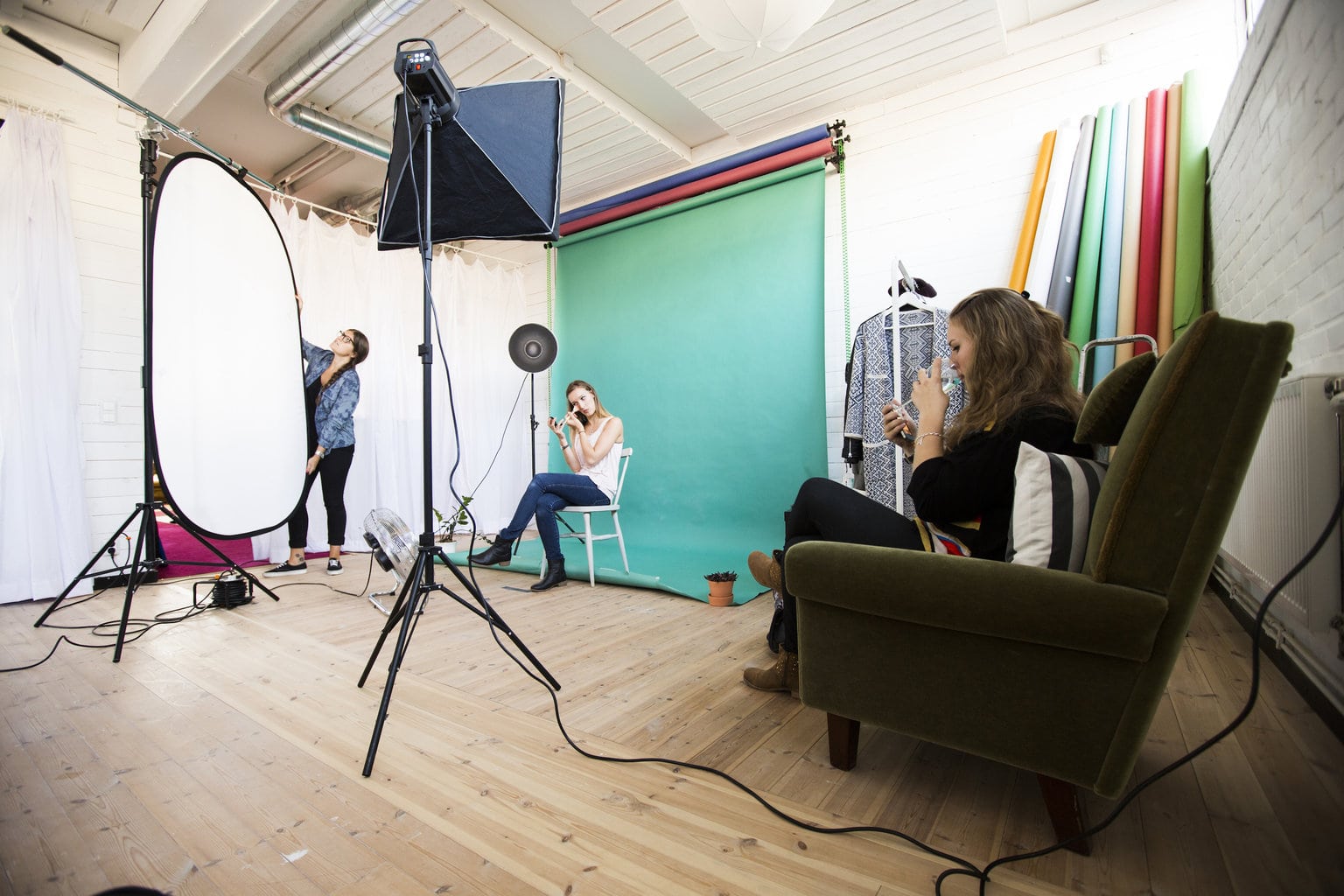
You should know that there are not only paper backgrounds for a photo studio, let's see all the options with their advantages and disadvantages:
| Bottom of | Advantages | Drawbacks |
|---|---|---|
| Wall. With paint or flexible wooden moldings to make an infinite background |
 Economic Economic Durable Durable |
 not portable not portable |
| Cardboard paper. Available in many colors, they avoid wrinkles |
 Economic Economic Laptop Laptop |
|
| Vinyl . In rolls of plastic -like material . They hardly wrinkle. |
||
| Fabric. The most popular, there are many types of fabric that you can use. |
in the washing machine |
TWEEZERS
the tweezersThey are used to hold fabrics, cardboard or any other object. They are usually a basic in a photography studio.
PROPS
If you are going to take portraits, it is recommended that you have some accessories that serve as props to add narrative and interest to the portrait.
Any ideas:
- Props for pets if you are going to dedicate yourself to this sector (hats, clothes, toys...)
- hats
- Magnifying glass
- Mirror
- Musical instrument
- scarves
- Pipe
- vintage camera
- Glasses
- Books
- And any object that gives you play in the session, breaks the ice and makes your models feel comfortable or have something to focus their attention on.
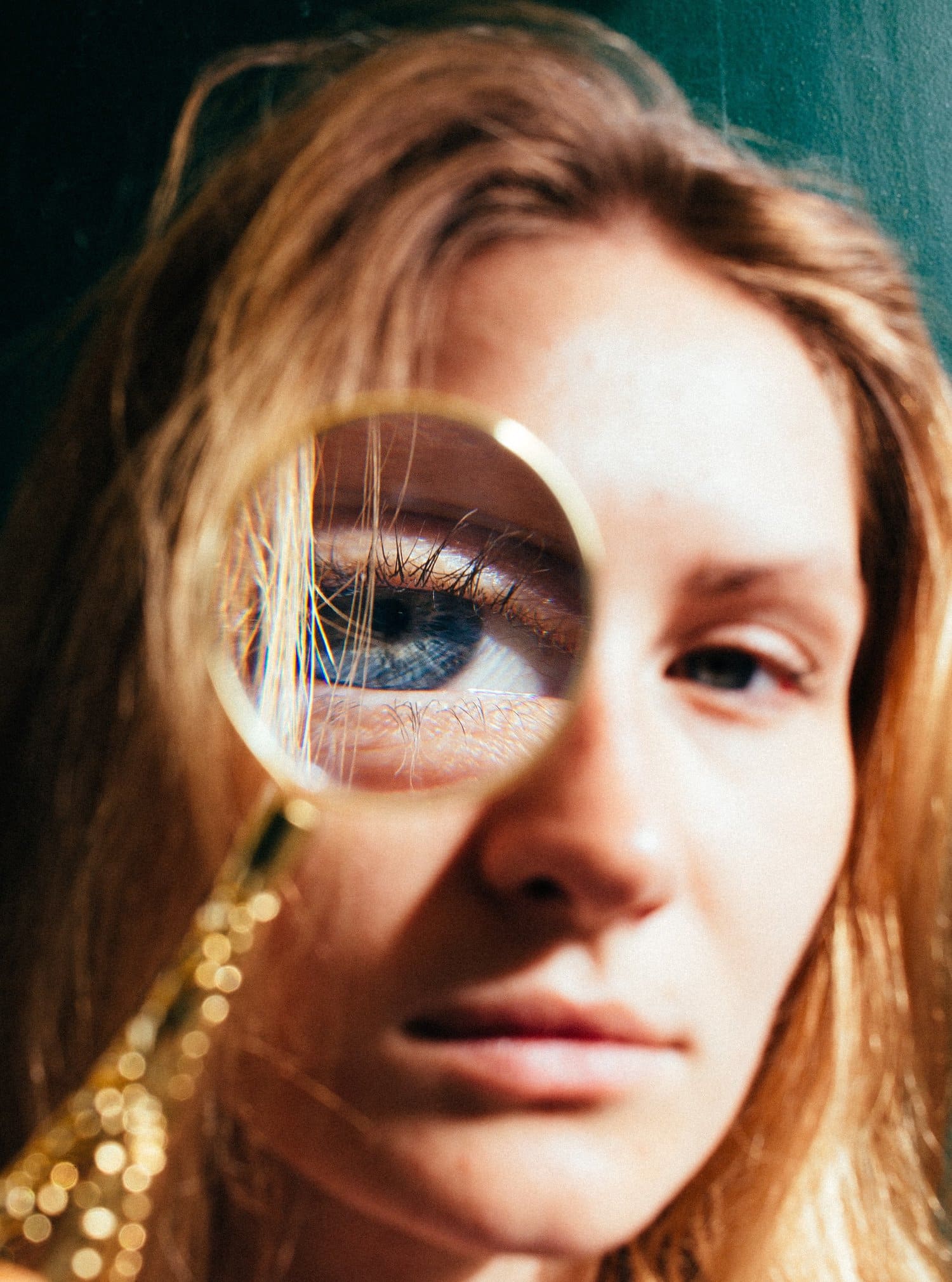
Some people loosen up more at first if they have something in their hands or can hide behind an object.
For portraits, do not forget to get a good stool, better if it has an adjustable height. You can get a retro chair or armchair, or something very comfortable, where your models can relax and help you connect better with them.
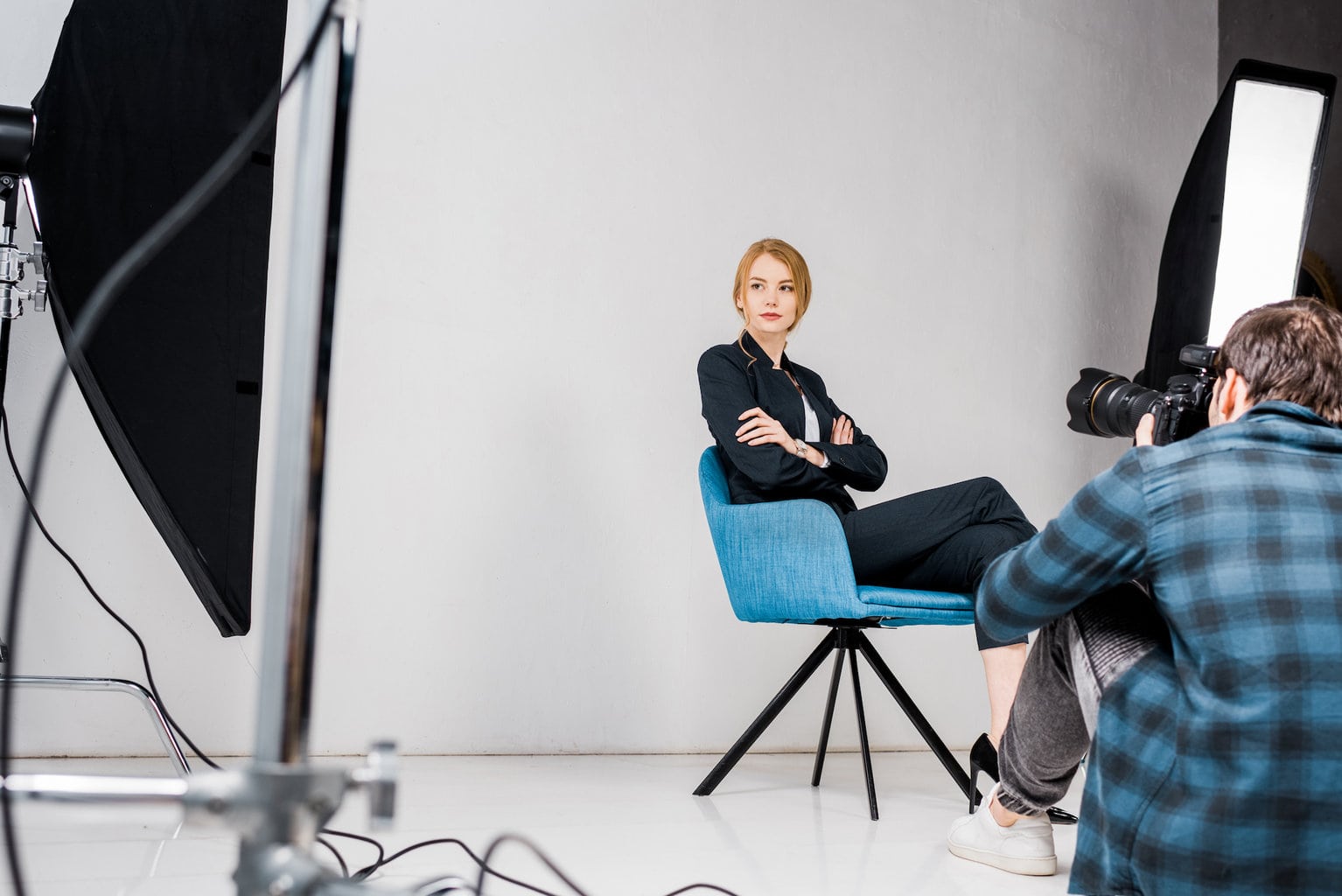
NEWBORN PHOTOGRAPHY ACCESSORIES
If you choose to photograph newborns and babies in the purest newborn style, you need certain accessories for your photo studio (baskets, blankets, hats, etc.). This article with accessories to portray babies may interest you.

PRODUCT PHOTOGRAPHY ACCESSORIES
For product photography you can have some of these accessories on hand: colored cardboard, dried flowers, stones, wooden boards, glass bottles, textiles, decorative stones, plants, etc.
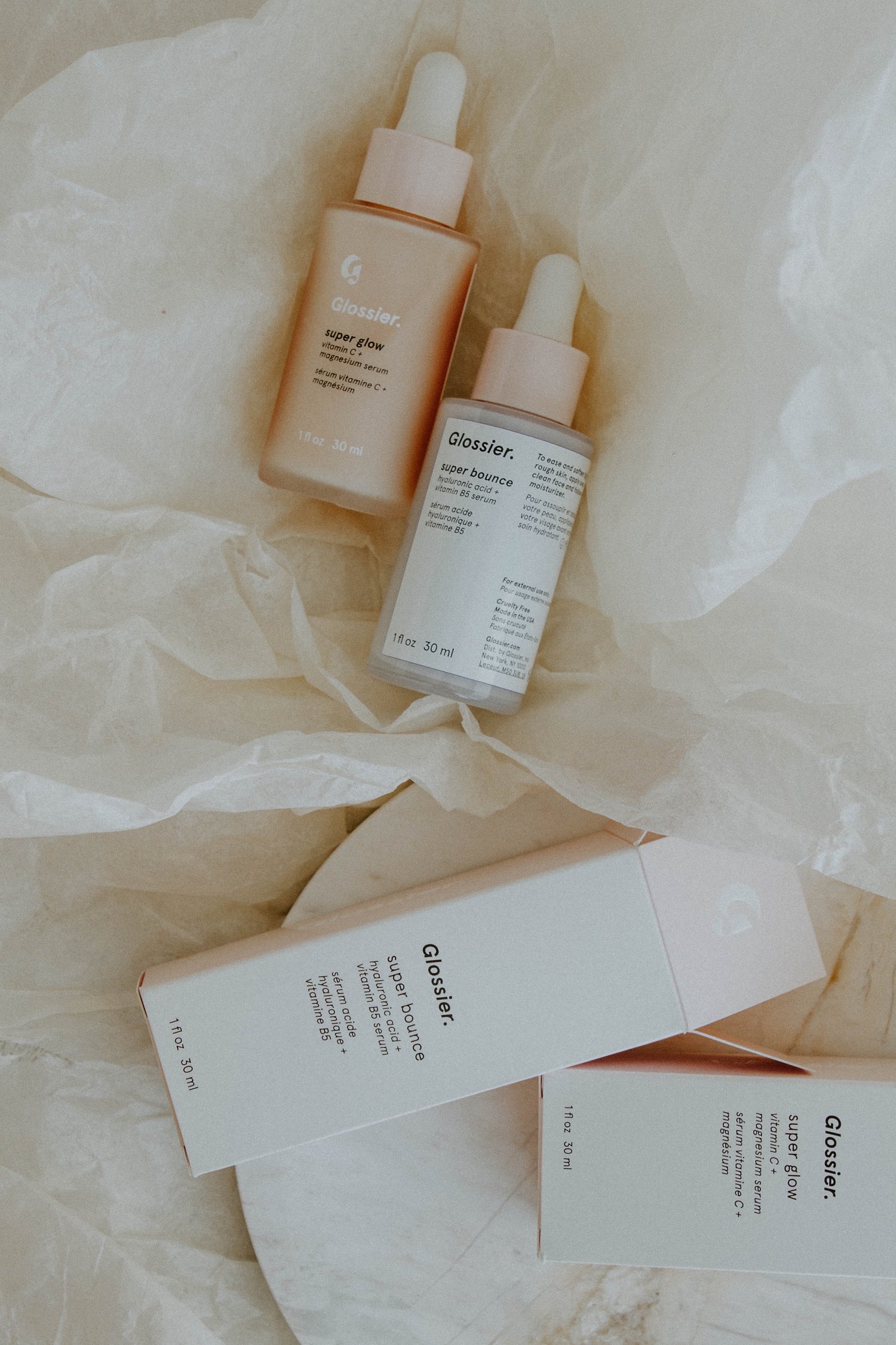
A photographic studio is like other businesses or other spaces, you can put as much money into it as you want.
You can make it more spectacular or simpler, so I recommend taking into account your needs and your budget. Start little by little and that your study grows with your work, but that the details do not paralyze you.

